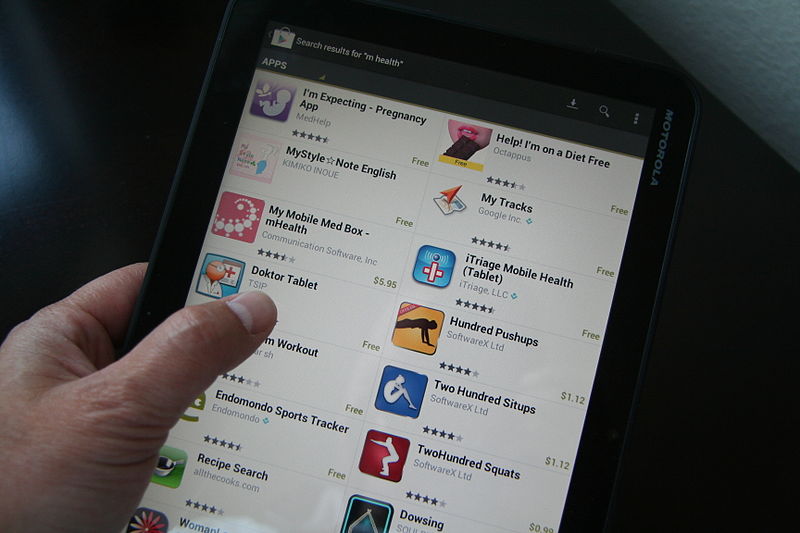
Both Android and iOS take a different approach when it comes to offering mobile user experience. Apple take a more direct route, maintaining control over everything from hardware to software. Google, on the other hand, choose a different path, partnering with OEMs and focusing on developing Android as a mobile operating system.
The recent release of Google Pixel phones has changed the company’s approach, but choosing between Android and iOS is still very straightforward. These next tips will help you choose between an Android and an Apple phone easily.
A Difference in Characteristics
Apple’s iOS is more straightforward when it comes to offering good user experience. You don’t have to do any tinkering in order to get the best UX from the phone and its operating system. You can also expect a streamlined experience with apps and games.
Android, on the other hand, is more open and customisable. You can change virtually everything about the OS, from wallpaper to icons and the way the OS behaves. You also get Google’s suite of apps and services built directly into the operating system. You can play a lot of games too, from basic platformers to online bingo and comprehensive RPG titles.
If you rely heavily on Google’s services, Android can offer a much smoother experience in general. If you love to customise your phone, Android is also the way to go. For those already in Apple’s ecosystem, on the other hand, an iPhone is the choice for you.
A Matter of Hardware Preference
There are three sizes you can choose from with an iPhone. You can go with either the 4.7-inch iPhone or the slightly bigger 5.5-inch Plus version. You can also now opt for an iPhone SE for an even smaller, more compact phone. With Android, the options are limitless. You can have any screen size and form factor you want, from a tiny 4-inch device to a big 6.4-inch phablet.
Apple is sticking with the same aluminium uni-body design, while with Android you can have metal, glass or even a plastic body. There are different shapes and designs of Android phones too. While you have to make do with just 6 colours to choose from when buying an iPhone, you have a vast range of options with Android phones.
Price is also a factor. You can pick up an iPhone for as little as £699, while Android phones’ prices start much lower than that. In fact, OEMs like Xiaomi and Lenovo are offering budget Android phones for less than £150, all with great specifications and a good Android user experience.
Refinement vs. Raw Power
The last aspect to note when choosing between an Android and an Apple phone is the overall user experience itself. You can expect an iPhone to be smooth and ready to use out of the box, but that doesn’t mean you won’t find issues along the way. Clearing cache to free up space, for instance, is incredibly hard to do on an iPhone.
Android relies more on raw power to provide a smooth user experience. This is why a lot of Android phones now come with quad-core processors and more RAM than your laptop. You still get the same smooth and enjoyable user experience, but the two sides take different routes to get there. It is also the reason why Android phones boast features like Quick Charge and expandable storage.
Which one is right for you? Take a closer look at these aspects and align them with the way you intend to use the phone. You can also try demo units by visiting a local retailer. Finding a phone that matches your personal preferences and requirements shouldn’t be difficult, especially now that there are so many options on the market.



















